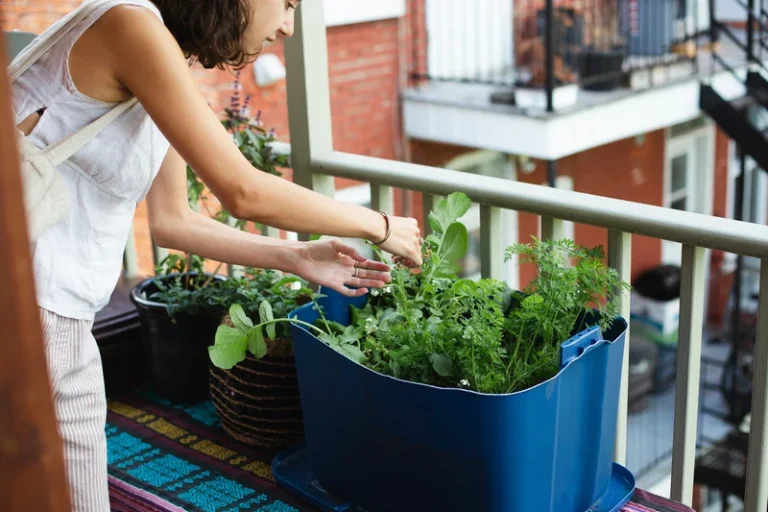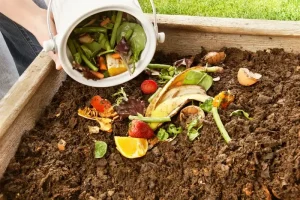Urban gardening has become a popular trend for city dwellers looking to bring a touch of nature into their concrete surroundings. Various methods can establish a flourishing green area within city limits, even if you only have a tiny balcony, backyard, or windowsill. Discover the world of urban gardening with this comprehensive guide, delving into the intricacies of cultivating a green haven in limited spaces. Gain valuable insights, practical advice, and innovative suggestions to turn your compact area into a vibrant and verdant retreat.
Urban Gardening: A Comprehensive Guide
Understanding Urban Gardening
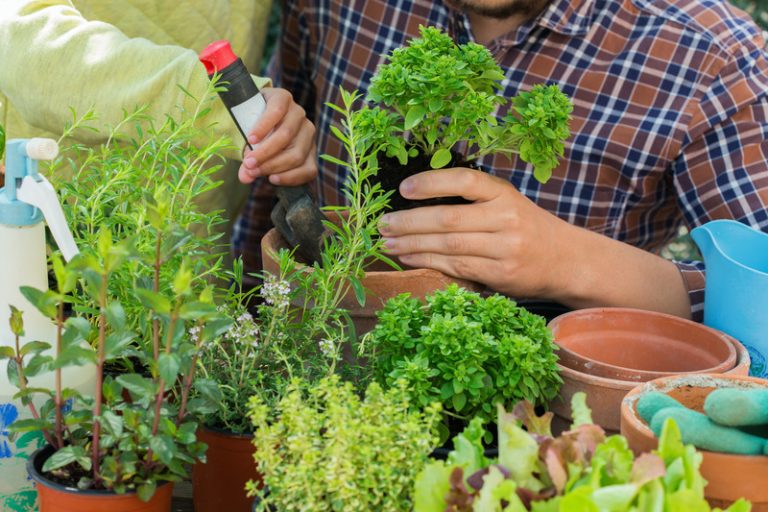
Urban gardening is growing various plants in a city or urban setting, using limited space in innovative and efficient ways to produce fruits, vegetables, herbs, flowers, and other greenery. This form of gardening allows city dwellers to engage in agricultural activities, beautify urban areas, and contribute to sustainable and locally sourced food production. It beautifies surroundings and promotes sustainability and self-sufficiency.
Benefits of Urban Gardening
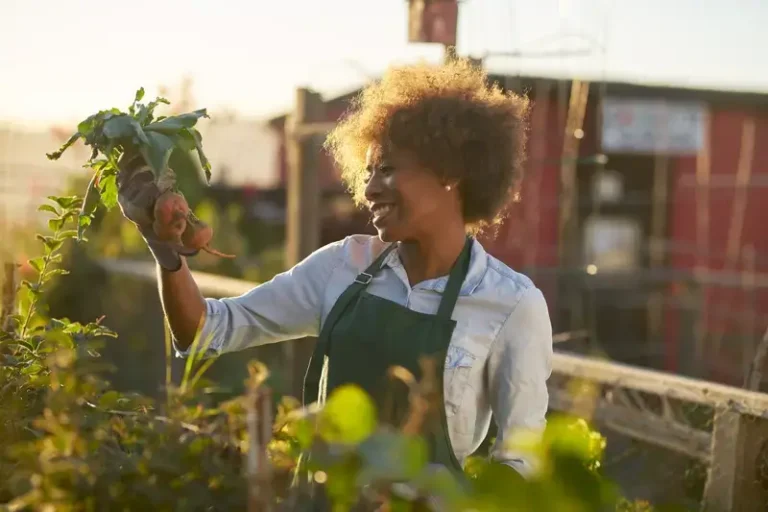
Urban gardening offers numerous benefits, including:
- Improving air quality
- Enhancing mental well-being
- Providing fresh produce
- Encouraging physical activity
- Promoting biodiversity
Planning Your Urban Garden
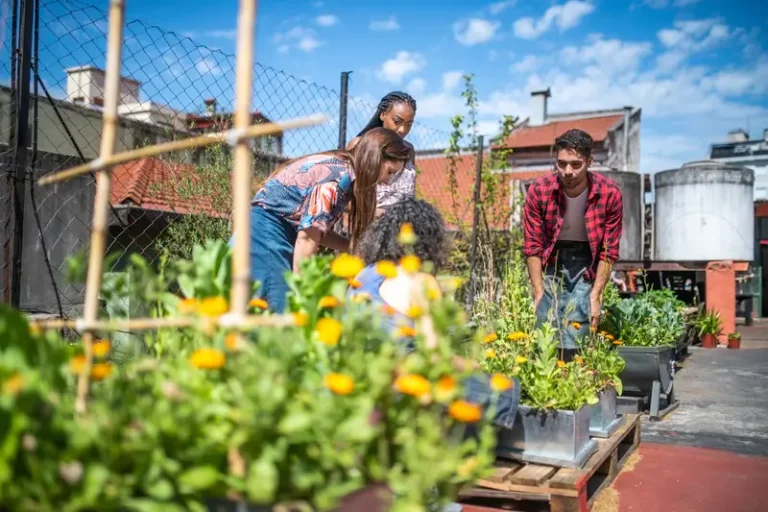
Before you start planting, it’s essential to plan your urban garden. Consider the following steps:
- Assess your space
- Determine your gardening goals
- Choose the right plants
- Plan for sunlight and water access
Choosing the Right Plants for Small Spaces
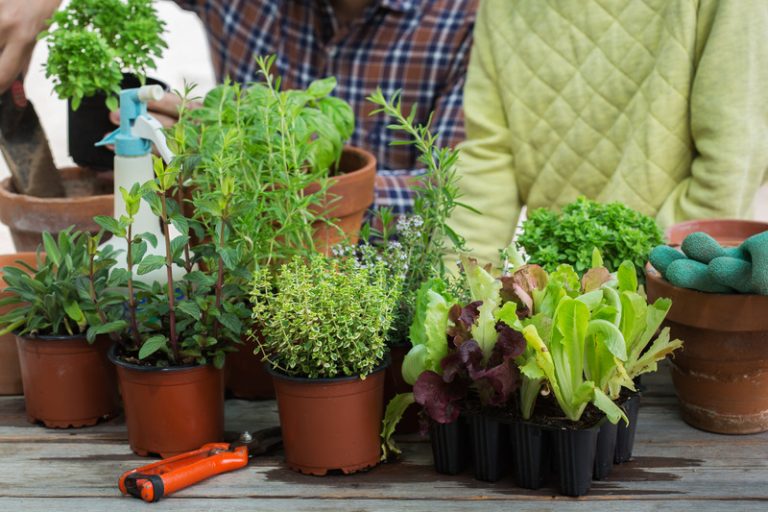
Choosing the appropriate plants is essential for creating a thriving urban garden. Opt for plants that:
- Thrive in small containers
- Require minimal maintenance
- Can grow vertically
Container Gardening: Maximizing Small Spaces
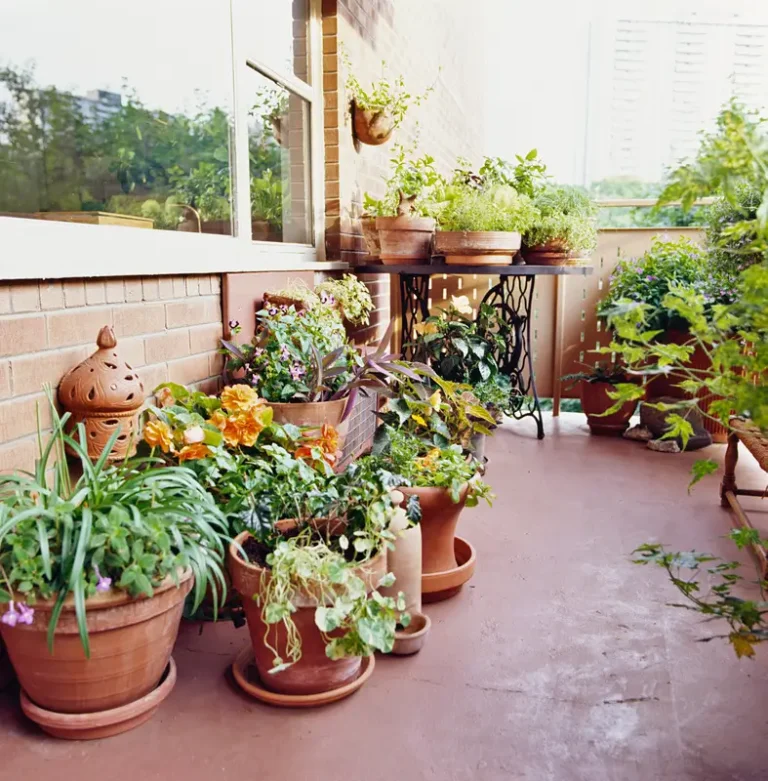
Urban gardening, specifically container gardening, is ideal for living in urban areas with limited outdoor space. Container gardening offers unparalleled flexibility and mobility, perfect for balconies, patios, and even rooftop gardens. By utilizing pots, hanging baskets, and window boxes, urban gardeners can maximize their available space while still enjoying the satisfaction of growing beautiful plants and herbs.
Vertical Gardening Techniques
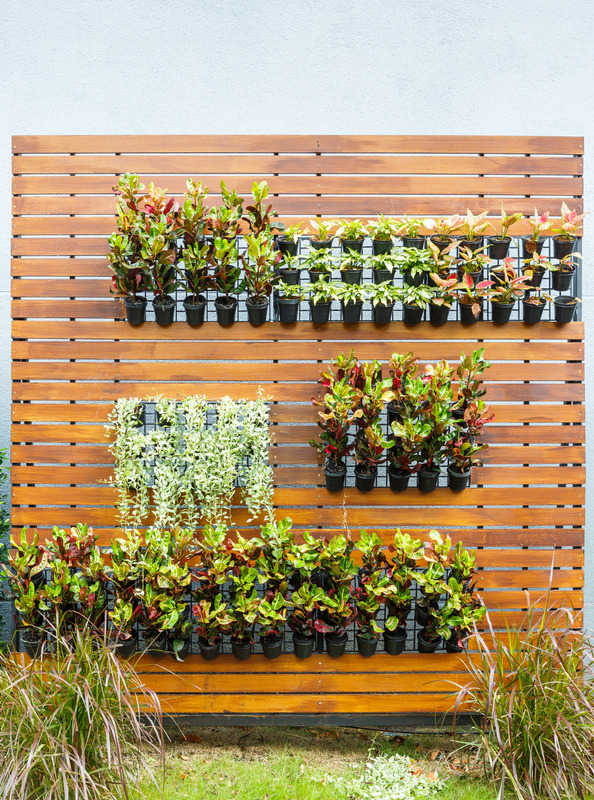
Vertical gardening is a horticultural technique where plants are grown on vertical spaces such as walls or trellises. It is an innovative approach to maximize space utilization, particularly suitable for urban environments or areas with limited ground space. This method creates visually striking and functional green spaces while providing opportunities for growing various plants. Techniques include:
- Trellises and arbors
- Vertical planters
- Green walls
Hydroponics and Aquaponics: Advanced Urban Gardening
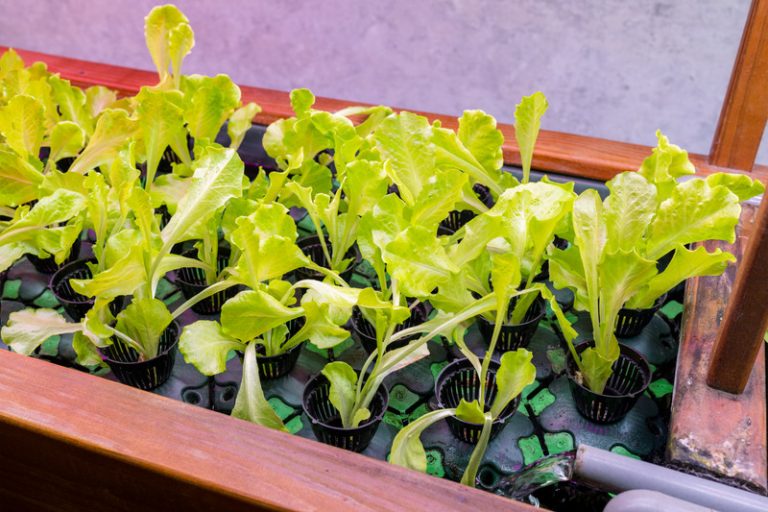
Hydroponics and aquaponics are modern and sustainable approaches to urban agriculture. These soil-less cultivation methods utilize nutrient-rich water solutions that directly deliver all the necessary nutrients to the plants, leading to efficient and accelerated growth. These systems can be conveniently set up in limited urban spaces, making them ideal for city dwellers who want to grow fresh produce.
Soil and Composting in Urban Gardening
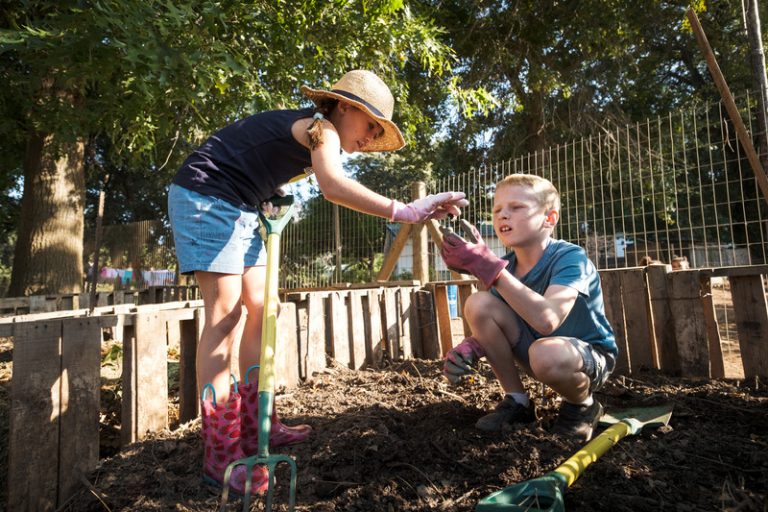
Healthy gardens start with good soil as their foundation. In urban gardening, consider:
- Using high-quality potting mix
- Creating compost to enrich the soil
- Utilizing organic fertilizers
Watering Solutions for Urban Gardens
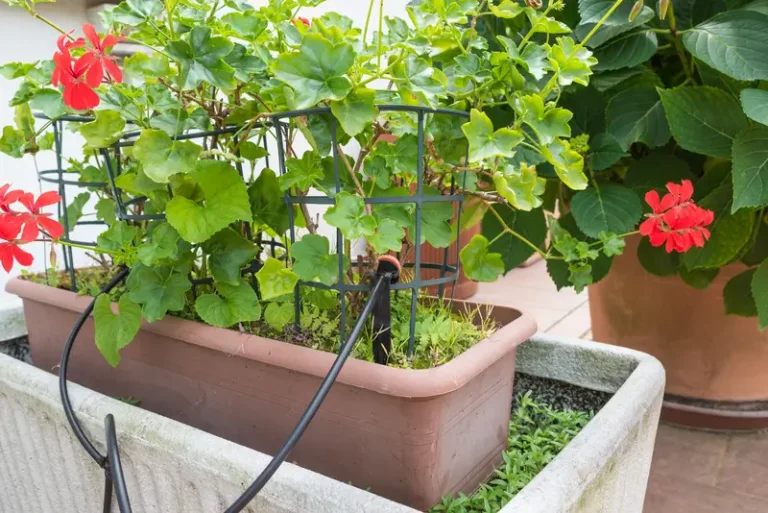
Efficient watering is essential for urban gardens. Consider:
- Drip irrigation systems
- Self-watering containers
- Rainwater harvesting
Lighting Solutions for Urban Gardens
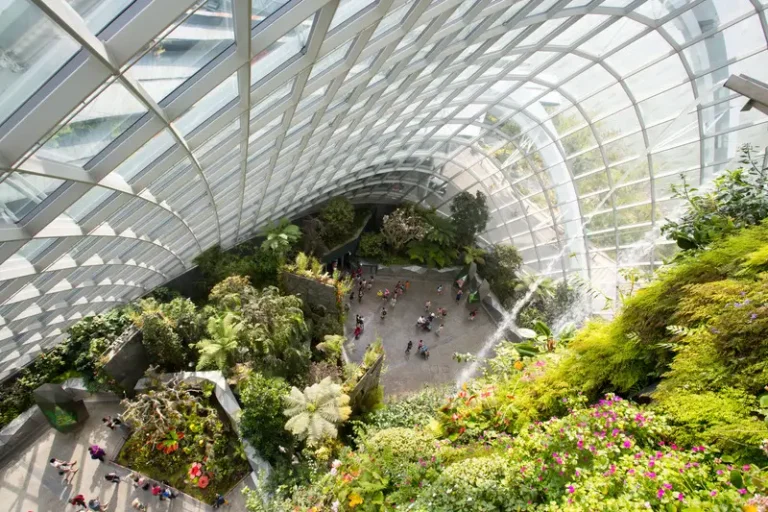
Urban spaces may need more natural light. Solutions include:
- Using grow lights
- Positioning plants to maximize natural light
- Choosing shade-tolerant plants
Pest Control in Urban Gardening
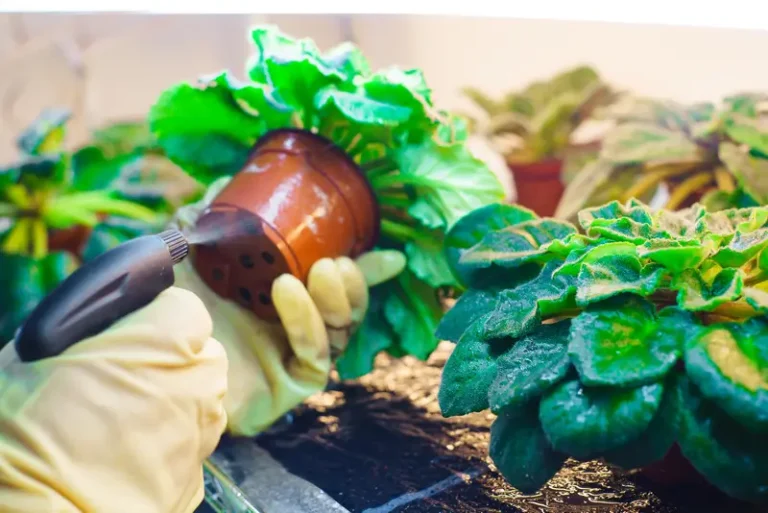
Urban gardens can attract pests. Organic pest control methods include:
- Using natural predators
- Applying homemade remedies
- Practicing companion planting
Seasonal Planting for Year-Round Gardening

Carefully plan your urban garden so that it includes a variety of plants that flourish in different seasons. By doing so, you can guarantee a steady and uninterrupted supply of lush greenery and fresh produce throughout the entire year.
Community Urban Gardening
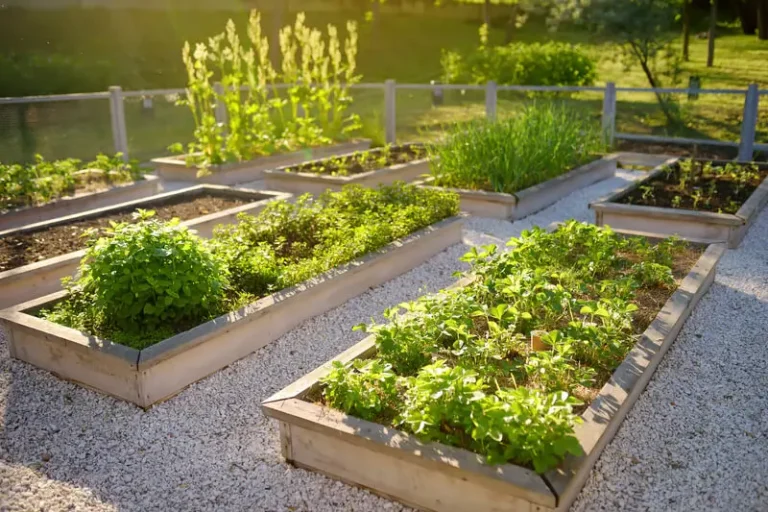
Join or start a community garden. These shared spaces provide:
- Opportunities to learn from others
- Access to larger gardening areas
- A sense of community and collaboration
Urban Gardening on a Budget
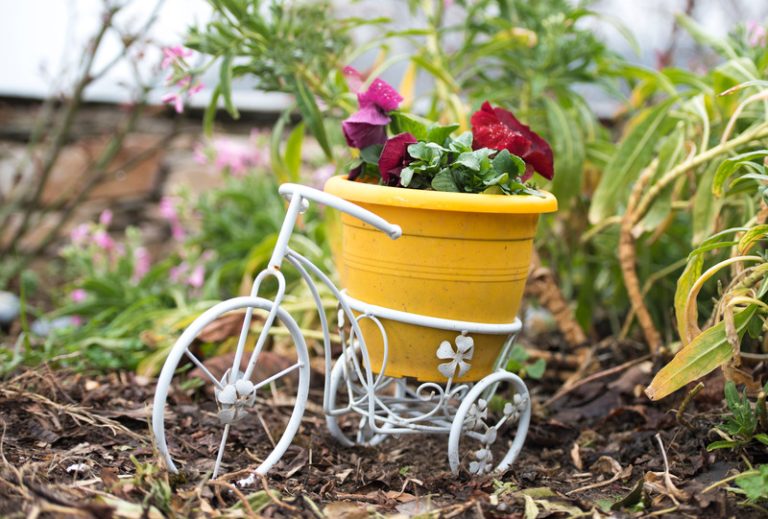
Urban gardening doesn’t have to be expensive. Budget-friendly tips include:
- Repurposing containers
- Using seeds instead of seedlings
- DIY garden projects
Sustainable Urban Gardening Practices
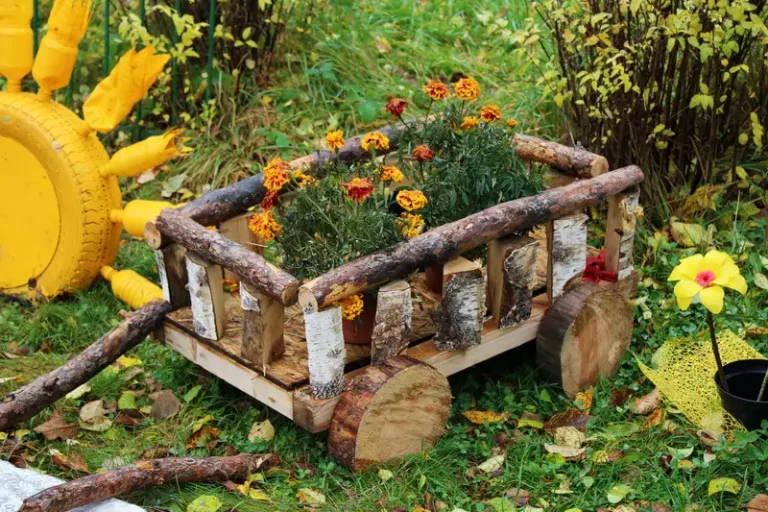
Sustainability is vital in urban gardening, influencing the methods and practices to ensure long-term environmental balance and positive impact on urban ecosystems. Practices include:
- Using organic methods
- Recycling materials
- Conserving water
Incorporating Edible Plants
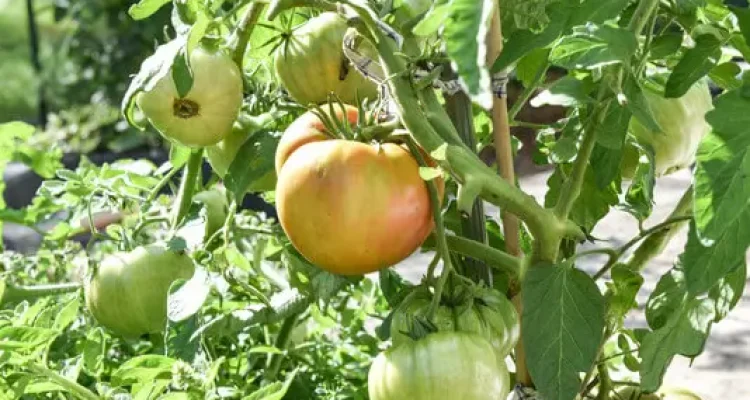
Transform your urban space into a thriving garden by growing various edible plants. Herbs like basil, mint, cilantro, and vegetables such as tomatoes, peppers, and lettuce can flourish in small areas. Imagine having an abundance of fresh, juicy strawberries, petite citrus trees, and flavorful blueberries at your doorstep.
Imagine having your mini-orchard steps away from your door, yielding fresh and mouthwatering fruits. These plants are perfect for cultivating your delicious produce right in your backyard!
Decorative Elements in Urban Gardens
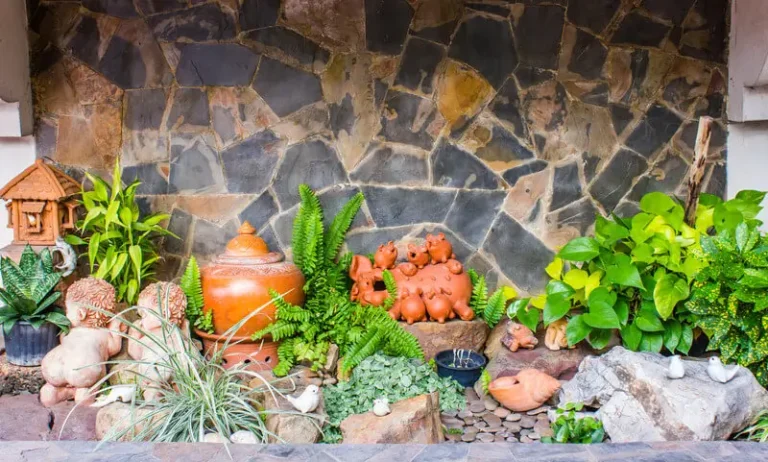
Enhance the aesthetics of your urban garden with decorative elements like:
- Garden art
- Outdoor furniture
- Lighting fixtures
Creating a Relaxing Atmosphere
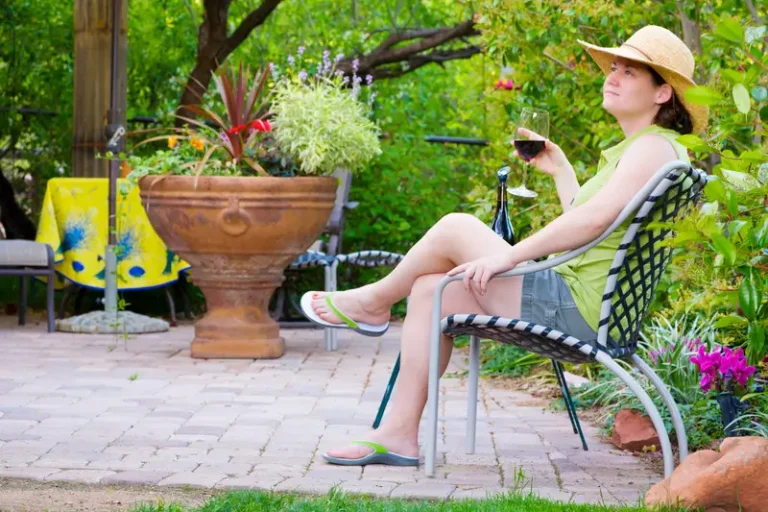
Transform your urban garden into a relaxing retreat by:
- Adding seating areas
- Using soothing colors
- Incorporating water features
Maintenance Tips for Urban Gardens
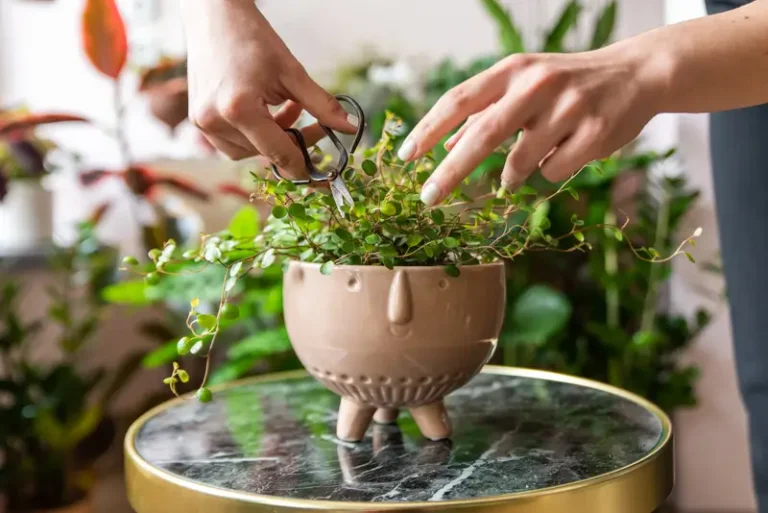
Regular maintenance ensures your urban garden thrives. Tips include:
- Regularly pruning plants
- Monitoring soil moisture
- Checking for pests and diseases
Urban Gardening Challenges and Solutions
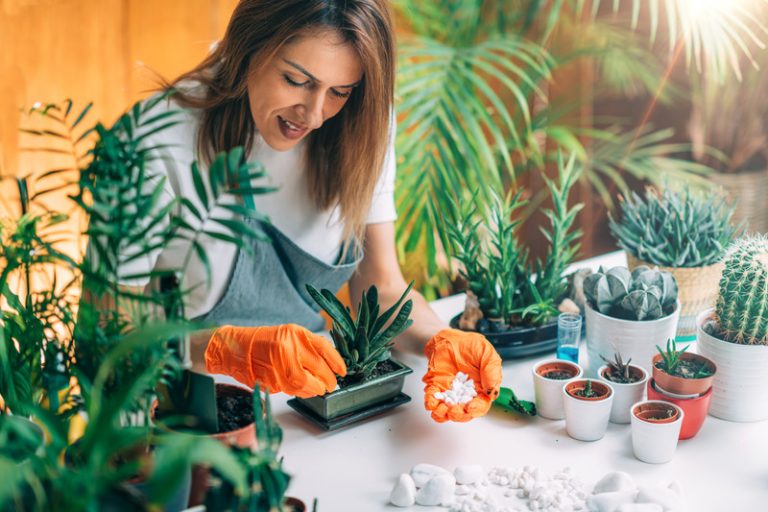
Common challenges in urban gardening include limited space, pollution, and lack of sunlight. Solutions involve creative planning, choosing the right plants, and using technology.
Success Stories in Urban Gardening
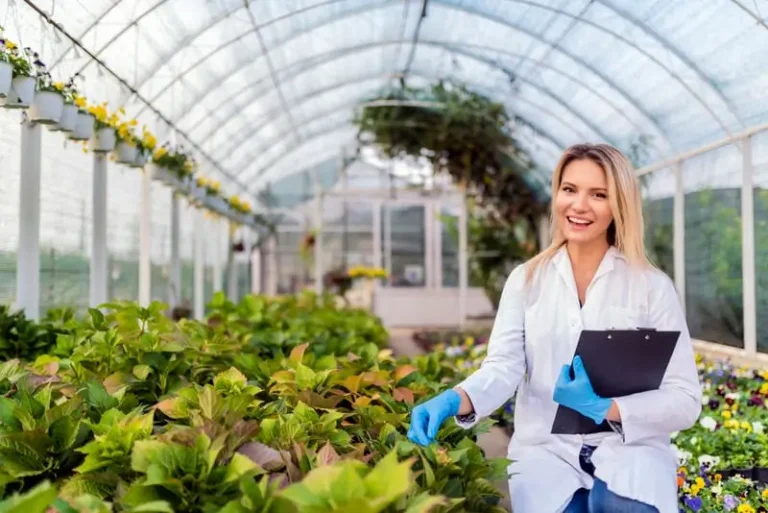
Learn from successful urban gardeners who have transformed their small spaces into green oases. Their stories provide inspiration and practical advice.
Future Trends in Urban Gardening
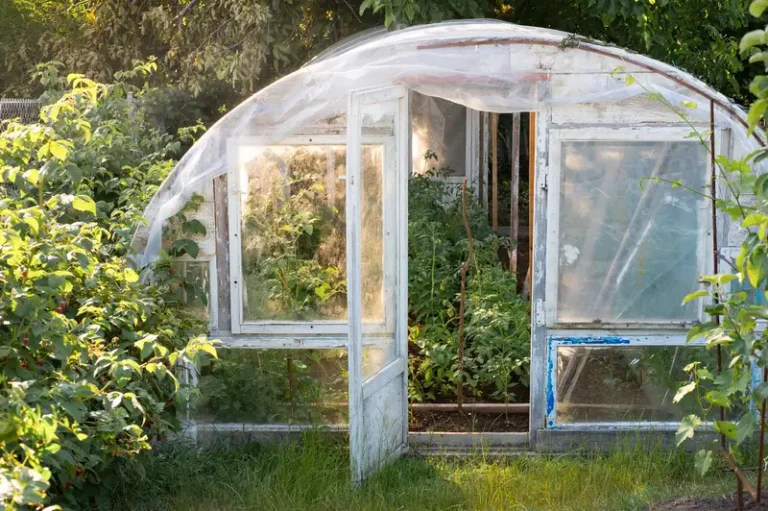
Keep up with the most recent developments in urban gardening, such as:
- Smart gardening technology
- Urban farming initiatives
- Sustainable landscaping
Resources for Urban Gardeners
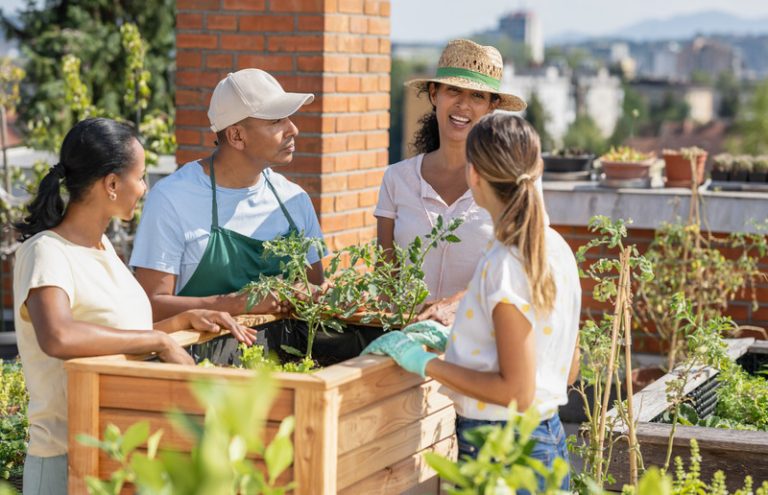
Utilize available resources to enhance your urban gardening experience, including:
- Gardening books and websites
- Local gardening clubs
- Online forums and social media groups
FAQ
What are the best plants for urban gardening?
Opt for compact, low-maintenance plants like herbs, succulents, and small vegetables.
How can I maximize my small gardening space?
Use vertical gardening techniques, hanging planters, and multi-tiered shelves.
Is urban gardening expensive?
It can be budget-friendly by using repurposed materials, seeds, and DIY projects.
What lighting solutions are available for indoor urban gardens?
Grow lights, reflective surfaces, and strategic placement near windows can help.
How can I manage pests in my urban garden?
Organic methods include using natural predators, homemade sprays, and companion planting.
What are the benefits of community urban gardening?
Community gardens offer shared resources, knowledge exchange, and social interaction.
Conclusion
Urban gardening is a rewarding and sustainable way to transform small spaces into green oases. With careful planning, creative techniques, and a passion for plants, anyone can create a thriving urban garden that brings beauty, fresh produce, and tranquility to their urban environment.

